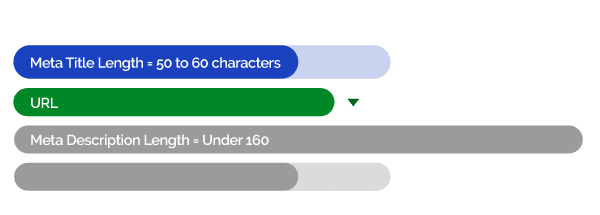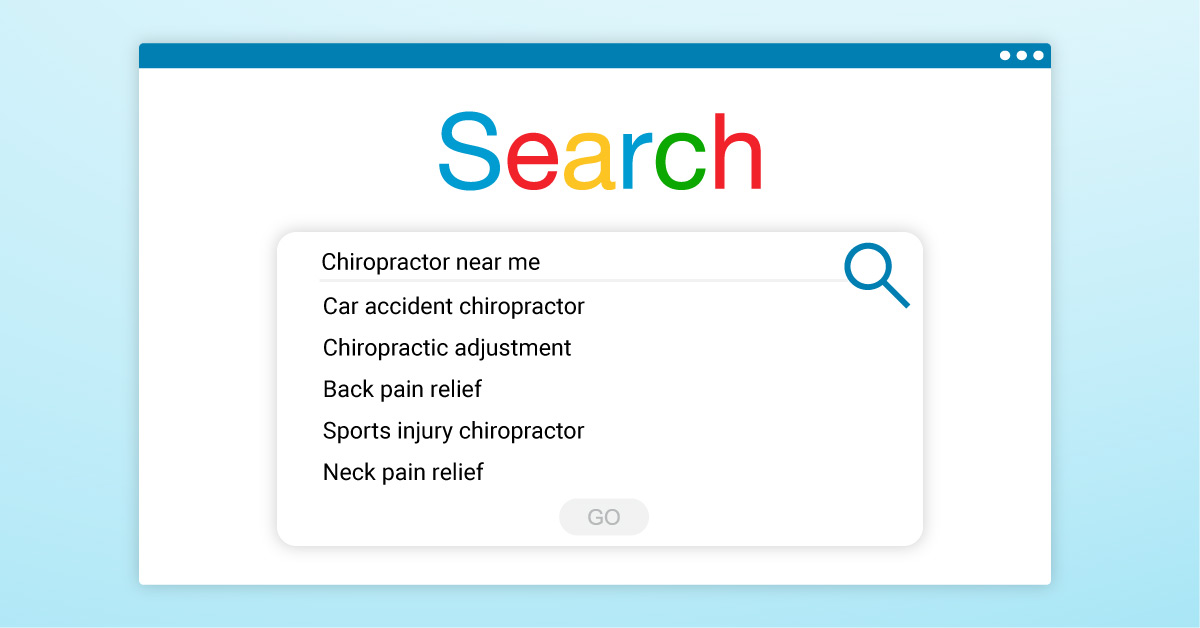How to Write a Killer Meta Title and Description
When your audience is scrolling through search engine results pages, meta titles and descriptions will help them decide whether or not to click through to your landing page. These are short phrases and paragraphs that populate on search engine results pages to inform web users about the content on an associated landing page.
Typically, a meta title will include a keyword from the web user’s search inquiry. The meta description will support the title and give the user a little more information about why they should click on the link. Together, these phrases help you convince your audience that your content is worth viewing.
To help you secure that click onto your website, and possibly a new patient at your practice, we’re going to go over how to write effective meta titles and descriptions for your web pages. Stay tuned as we go over how to identify these meta components, analyze meta description examples, and how to draft each for your website.
What does a Meta Title and Description Look Like?
If you’re having trouble picturing a meta title and description, do a quick Google search. Type in a search query, such as “most playful dog breeds”.
Take note of how the organic search results appear on the SERP, or search engine results page. The meta title is the phrase in blue, followed by the URL for that particular web page in green. Below, the meta description provides a short snippet about what can be found on the page.

We don’t know about you, but we love some good alliteration. This title catches the eye! We were convinced to click through to this web page because of the lighthearted but clear meta title and the comprehensive meta description. On the page, we see what was promised: a list of the most rambunctious dog breeds!
How to Write a Meta Title and Description
Now that you know how to identify a meta title and description, let’s look at examples of great ones and discuss what makes them work so well.
Be mindful of character length.

Search engines only give you so much space to describe your web page on SERPs, so you want to stick within that character length. On Google, this is about 50 to 60 characters for the meta title and under 160 characters for the meta description tag.
Now, you don’t have to meet these character limits. You just don’t want to exceed them. If you can write a compelling description in 100 characters, go for it! However, if you need a full 155 to get your point across, that’s okay too. The main goal here is to get the web user to click on your landing page.
For the next example, let’s stick with dogs. Because who doesn’t like dogs?

The meta title is 56 characters, which adheres to our first rule. This title features the keyword for the search query “puppy training schedule” (we will get to keywords in a minute) and tells us the main point of the web page.
The meta description is 128 characters, which falls a little short of our maximum limit. However, this description gives us just enough information to be certain that this page will satisfy our search query.
Be cognizant of how your meta tags appear on mobile screens, as well. Sometimes, longer titles will appear stacked on search engine results pages.
Also, keep in mind that Google is not a stagnant entity. It changes all the time! This is why it’s important that you stay up to date on the latest news in SEO. Every so often, Google decides it wants to grant us longer character lengths, and other times it takes characters away. Because of this, you may stumble across varying reports for the ideal meta title and description lengths. However, you will be safe by following our guidelines!
Use optimized keywords and phrases.
Keywords and phrases related to a search query are guaranteed to come up in meta tags. While there are over 200 ranking factors that Google’s algorithm takes into consideration when determining which pages come up on SERPs, keywords are one of the most important (and well known) ranking factors.
When you place keywords in your meta title, it signals to Google’s algorithm that your page is relevant to a related search query. While just placing keywords in your meta tags alone won’t snag you a top spot on Google, it is an essential aspect of your overall search engine optimization strategy.

The search query here might read something like “when should my child have their first eye exam?” or “eye exams for children”. Note that, sometimes, the exact keyword phrase typed into the search bar isn’t what comes up on a SERP. Rather, it is oftentimes a variation of that keyword or a very closely related title tag. As we mentioned, keywords in a meta title and description aren’t the only ranking factor to consider!
Beware of including useless or unrelated keywords just to trigger a search query. You also don’t want to load your meta tags with keywords. This faux paux is called “keyword stuffing” and will negatively impact your SEO.
The three C’s: Clear, Concise, Compelling
Now that we know that we need to input keywords into our meta tags and limit the character length on these SEO components, it’s time to get to writing!
When drafting your title tags and meta descriptions, follow our three C’s.

Your meta components should clearly describe what kind of content can be found on your landing page. The meta description gives you the opportunity to write a more compelling statement about how your website will satisfy the user’s search query. However, you don’t want to use unnecessary language. Be concise and to-the-point.

This is an excellent example of an effective meta title and description. Clear? Check. Concise? Absolutely. Compelling? We think so!
This model follows one of our favorite formats for meta components on both organic results and paid ads. The title acknowledges a problem the web user is facing based on their search query. The description tells the web user that the company’s content can help solve that problem. By addressing the problem the user has, you draw their attention in. When you show them that you can help solve their problem, you may even gain a new client.
Title Tags and Meta Descriptions
Following our formula for successful meta components has the potential to help you boost your website’s search engine ranking and gain more web traffic to your site. The better your visibility and the more clicks you get, the more people you are able to convert to clients at your practice.
Need more clarification on title tags and meta descriptions? Or have another marketing question? Contact our team!
Check out these other helpful healthcare marketing resources.
Creating an Effective PPC Landing Page
SEO Tags and Video Marketing
SEO Tips for Mobile-Friendly Websites



